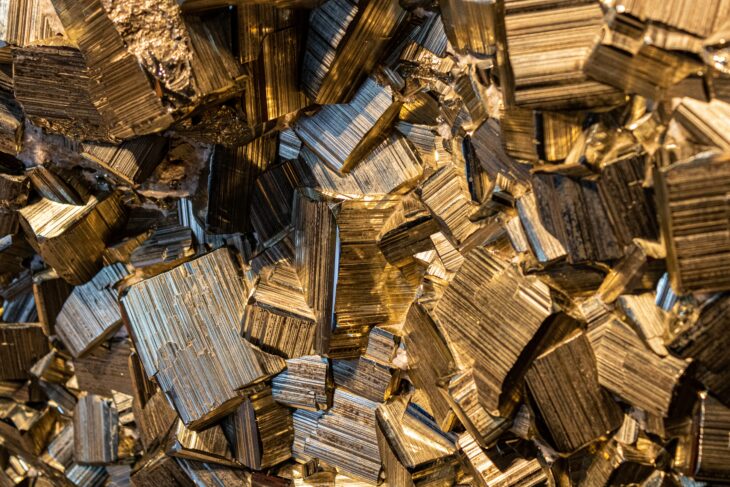Biosignatures are a major focus in astrobiology research. These telltale signs indicate that life either exists, or has existed, in a location. But have you ever wondered how scientists know what to look for?
Biosignatures come in many different forms. They can be leftover chemicals that are only produced as biological waste, or changes in the makeup of the atmosphere or other parts of the environment. Other types of biosignatures can come from the analysis of specific molecules, because most biotic processes use only one version of a molecule, even if a mirror image exists. This process often leads to a build up of the biotic version of the molecule, which can persist for centuries or longer, in rock or ice.
In a recent paper headed by Dr. Graham Lau, an international team of researchers set out to look for biosignatures of ancient life in what is considered an extreme environment. At times in Earth’s past, glaciers covered much more of the Canadian north than they do today, freezing the soil and rock underneath. Permafrost is the term used to describe frozen ground, usually near the poles, which contains rock and soil. As the Earth has gotten warmer, some permafrost has thawed out over time. With this thawing, small ecological environments previously frozen were exposed, and can now be studied.
Lau and colleagues studied the iron- and sulfur-rich minerals that have become exposed by permafrost thawing at the Borup Fiord Pass in Northern Canada. The location at Borup Fiord Pass is considered an analog site, meaning it resembles the characteristics of locations we know exist on other planets, like Mars. Analog sites are used to study what the conditions might be like at those distant locations.
In this case, the team was looking for biosignatures in the layered rocks at Borup Fiord Pass. They were searching for the mineral pyrite, known to many as fool’s gold. Pyrite is interesting to astrobiologists because it can be formed in several different ways, including through biological processes. Lau and colleagues hypothesized that the rocks at Borup Fiord Pass could have a biosignature in the form of pyrite produced by biology.
To understand how this pyrite formed, the team identified the minerals and chemicals in the rocks without destroying the samples. They suggested that the chemical composition of the pyrite can help test whether the minerals formed by biology. For example, finding organic carbon in a mineral can be an indicator that it once contained living tissue. Luckily, organic carbon can be easily found using high-powered microscopes and imaging methods.
The team looked for any signs from their images and chemical data that the pyrite could have come from a biological source. They found that the composition of the pyrite and surrounding mineral formations neither confirmed nor disputed biological activity. However, they also found small, tube-like filaments that they suggested could be evidence of past life.
The Borup Fiord Pass is considered a Mars analog since it is conveniently similar to Jezero Crater, a crater lake on Mars. The Perseverance Mars rover, currently on Mars, is able to detect organic carbon, and collect samples that will later be returned to Earth. Studies like this one will help scientists know what biosignatures to look for in the samples, and what kind of life on Earth they might be comparable to.


